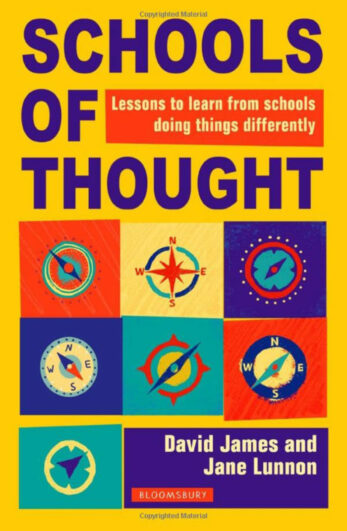In the past decade, Finland’s high performance in the PISA international league table has led to great educational fame. Unsurprisingly, therefore, policymakers worldwide have been trying to find out what they can learn from the Nordic country’s school system.
The first edition of Sahlberg’s book in 2012 provided a description of Finland’s educational reforms that, according to him, were key for spurring transformation, while also discussing lessons for other countries. This second edition is almost identical in approach, although the performance data have been updated and it provides a longer discussion of the role of equity. It also claims to answer why the country’s performance has recently declined, something that has puzzled many international observers.
The author’s message can be summarised as follows: the “Finnish way” has rejected standardisation, accountability, and general market-based principles. It instead emphasises equality, collaboration, strong professional autonomy, and the principle that “less is more” – hence, school days are short, teachers teach comparatively fewer hours, and pupils study less than in other countries.
Written in an accessible conversational style, the book provides a wealth of useful facts and figures about Finland’s education system. Unfortunately, it lacks analytical rigour. Readers are presented with fluffy discussions containing grand ideas and empty phrases, but with little substantive evidence to support them. Sahlberg warns us in the introduction that simple correlations do not always mean causation – before basing his arguments, pretty much entirely, on such correlations.
Indeed, the book provides no real evidence at all of the reasons behind Finnish education success, what we can learn from it, or the policies that Sahlberg opposes. As a general rule, in fact, the rigorous international research doesn’t support his interpretation. Further, the author ignores that Finland’s performance improvements began long before most emphasised policies were implemented, making it impossible that they caused the transformation.
The account is at times misleading. For example, readers are told about Finland’s low “between-school” variability [the difference in performance between schools], but not about its between-class variation [the difference in performance between classes in the same school], which researchers have shown is considerable in the international assessments PIRLS and TIMSS. This is because within-school ability grouping, in contrast to the author’s claims, remains widespread in Finland. In many lower-secondary schools, kids sit tests to get accepted to special classes, while indirect selection in primary school is through music and language classes.
What about the book’s explanation for Finland’s recent slippage? This is even less convincing than its explanation for the country’s rise. In Sahlberg’s story, the lack of continued education reform is a culprit, an ad-hoc argument that is impossible to verify (or falsify).
Another explanation relates to increased income inequality. However, inequality in Finland increased rapidly during the 1990s, a period of increasing achievement, and remained steady or even declined in the 2000s, a period of educational stagnation and later decline. In this case, not even the correlations provided by the author support his story.
At the end, we are left with an appeal for a new “Big Dream” in education, an example of the clichés throughout the book, and an outline of the ideas on which this should be based. These ideas are not new, but a re-hash of what many educationists have advocated for long, such as more personalisation, less classroom-based teaching, and more emphasis on creativity.
Yet, again, we aren’t presented with any evidence. Inconveniently, rigorous research now shows that some of those ideas are perfect recipes for reducing performance; policymakers, Finnish and international, should take great caution since the prescriptions may, in fact, do more harm than good.
Ultimately, therefore, the book fails to provide a plausible case for the trajectory of Finnish educational performance and its lessons. While it’s impossible conclusively to prove anything in this respect, it is possible to provide a more cogent story that’s backed up by both history and general research. For what it’s worth, my own monograph, Real Finnish Lessons: the true story of an education superpower, which is available free, attempts to do just that.
Gabriel Heller Sahlgren is research director for the Centre for Market Reform. His book on Real Finnish Lessons was published this week.







I have read Real Finnish Lessons. It makes much of the fact that Finland has slipped in PISA league tables. True, Finland is now 9th out of 65 countries for Maths but it’s still top of European countries in Reading (6th globally) and Science (5th overall).
But two countries that have introduced market-based reforms – USA with its charter schools and Sweden which allowed free schools some of which are run for profit – have both plummeted down these league tables.
Correlation isn’t causation, of course, but using Sahlgren’s logic that if falling down PISA’s greasy pole just a little means Finland’s system is failing then the sharp decline of USA and Sweden must mean education systems in these two have utterly broken down.